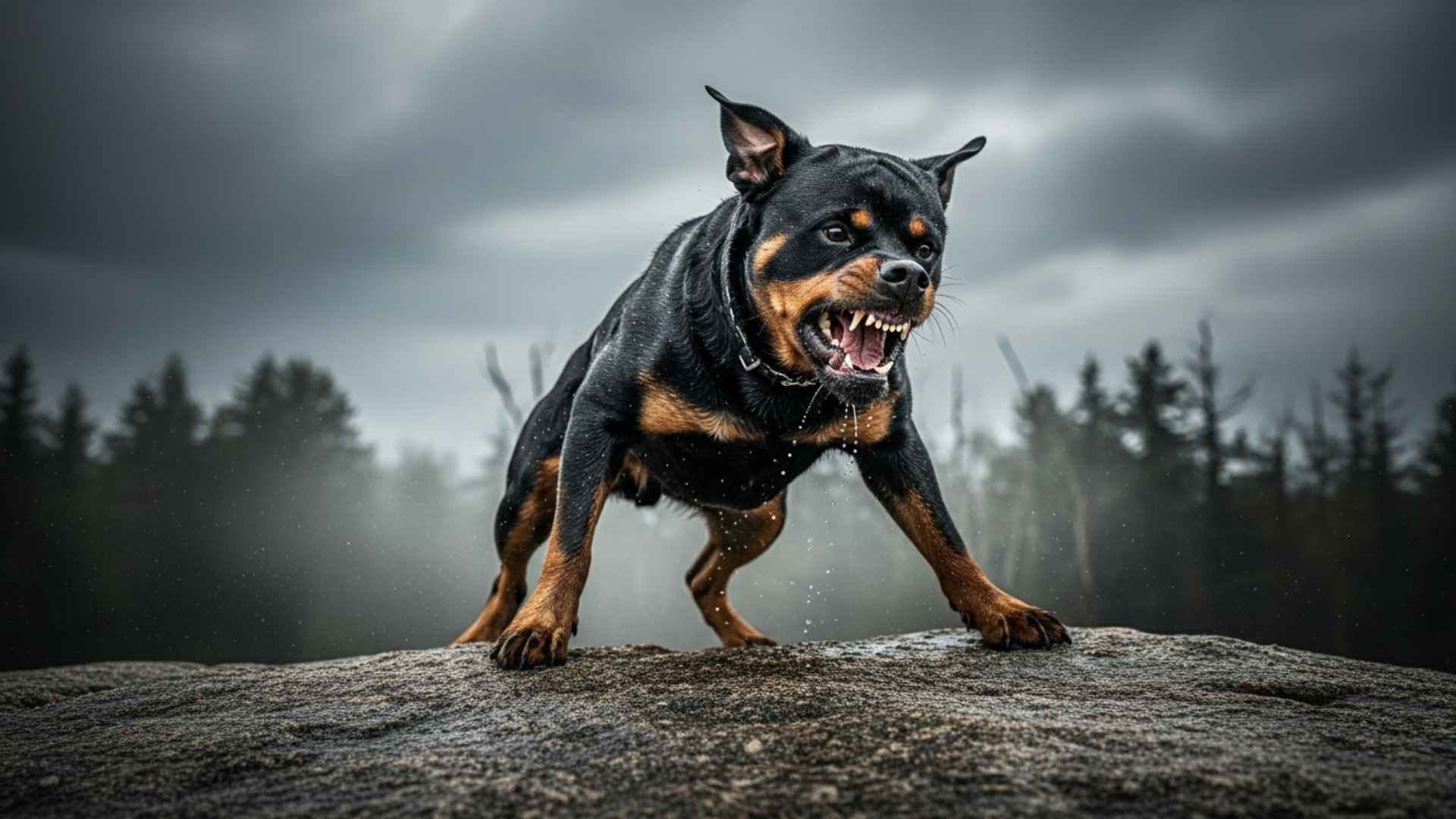They say a dog’s behavior reflects its upbringing—but some breeds come with a reputation that can’t be ignored. Across the world, certain dogs have earned a place on the “aggressive breed” list, not because they’re evil, but because their power, protectiveness, and instincts demand serious responsibility.
From the fierce-looking Rottweiler to the misunderstood Pit Bull, these breeds often face unfair judgment. The truth is, aggression in dogs is rarely about malice—it’s about training, environment, and genetics.
Still, knowing which breeds require extra caution and respect can make all the difference for both owners and communities. Here, we’ll explore the world’s most dangerous dog breeds—not to villainize them, but to understand them better.
Because behind every growl or bark is a story of instinct, loyalty, and human influence. If you’ve ever wondered which breeds require experienced handlers or why certain dogs develop territorial behavior, we will help you see the bigger picture—beyond the bite.
Fact Flash: Aggression in dogs isn’t just about breed—it’s about training and environment. However, studies show protective instincts and territorial behavior are stronger in certain breeds originally bred for guarding or defense.
Worst Aggressive Dog Breeds Around the World
1. Pit Bull Terrier
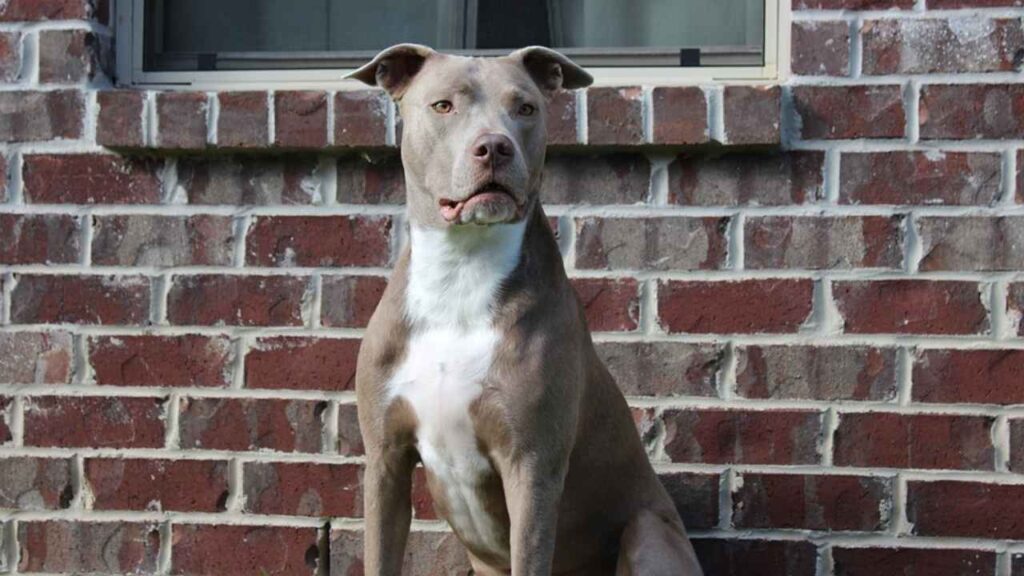
Ah, the Pit Bull Terrier — the canine equivalent of that gym bro everyone’s afraid of until they realize he’s actually a sweetheart who just loves protein shakes and belly rubs.
Wikipedia describes Pit Bulls are among the most controversial and worst dog breeds in the world. Their reputation often precedes them, and unfortunately, it’s not always flattering.
Historically, these fighting dogs were bred from the Old English Bulldog and Old English Terrier — a powerhouse combo originally created for bull-baiting and dog fighting in the 19th century (yeah, not their fault; humans were weird back then).
Fast-forward to today, and while some people still exploit them for illegal fighting, countless Pit Bulls are now loving family pets, couch cuddlers, and even therapy dogs. The problem? Their muscular build, intense stare, and superhero-level bite strength make people assume they’re the villain in every dog park drama.
But here’s the truth bomb: Pit Bulls aren’t born with aggressive behavior. They’re born with energy, loyalty, and a fierce desire to please their humans. It’s the training, environment, and the owner’s behavior that shape them. A responsible owner will get a goofy, affectionate, tail-wagging best friend.
If you’re thinking about adopting one, just remember: Pit Bulls don’t need a fight — they need a job, some structure, and maybe a chew toy strong enough to survive an asteroid impact.
2. Rottweiler
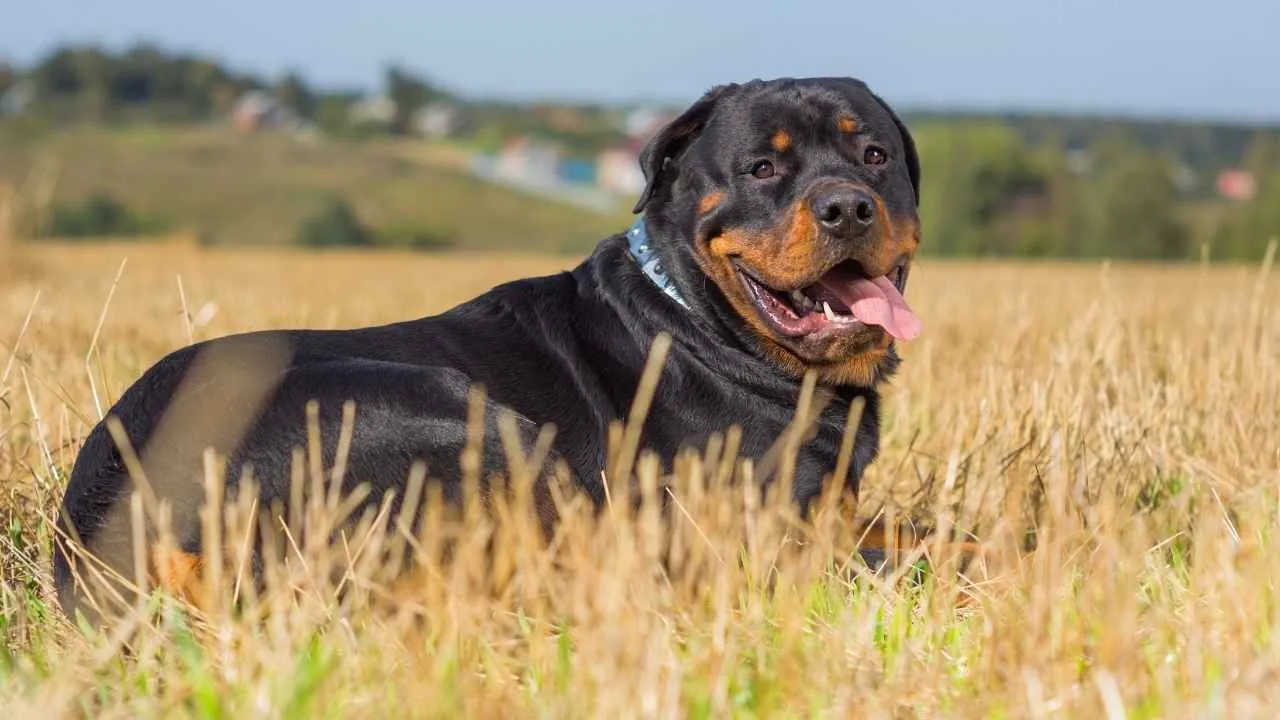
Meet the Rottweiler — the dog that looks like it could guard a castle, but deep down just wants to guard your couch (and maybe your sandwich).
Rottweilers are one of the most popular yet misunderstood breeds out there. With their broad chests, powerful jaws, and “don’t-mess-with-me” faces, they’ve earned a reputation as natural protectors — and sometimes, unfairly, as aggressors.
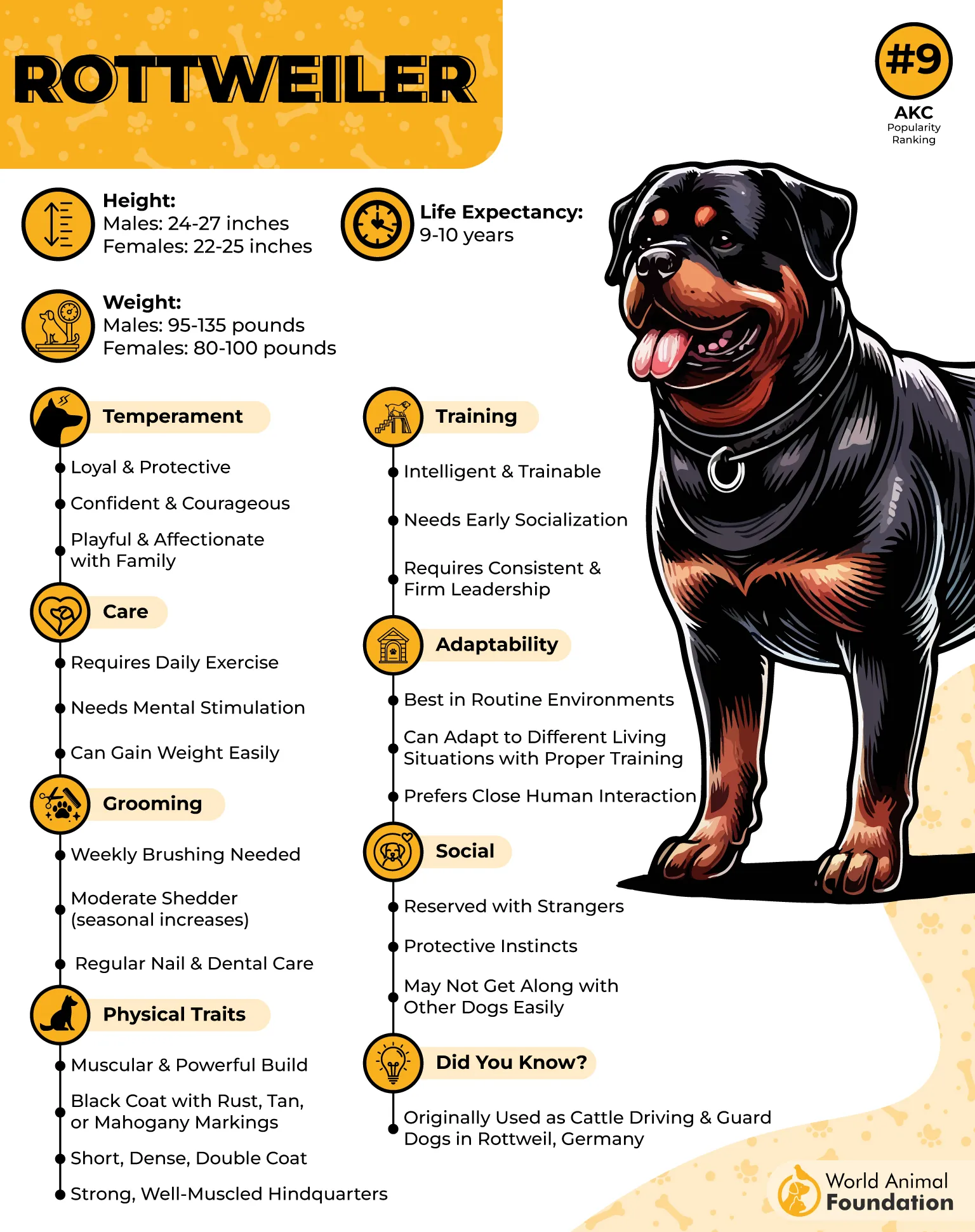
But truth be told, a well-raised Rottie is less of a monster and more of a muscular teddy bear who just takes his job very seriously. These dogs were originally bred to herd cattle and pull carts in Germany — basically, the working-class heroes of the dog world.
They’re loyal, intelligent, and incredibly quick learners, which means they can pick up commands fast… or, if you’re not paying attention, figure out how to open the fridge and help themselves to last night’s leftovers.
Because of their size, strength, and strong bite, Rottweilers need confident, consistent training. If you act like you’re not in charge, your Rottie might just take over — and trust me, you don’t want to negotiate household rules with a 100-pound dog who thinks he’s the boss.
3. German Shepherd
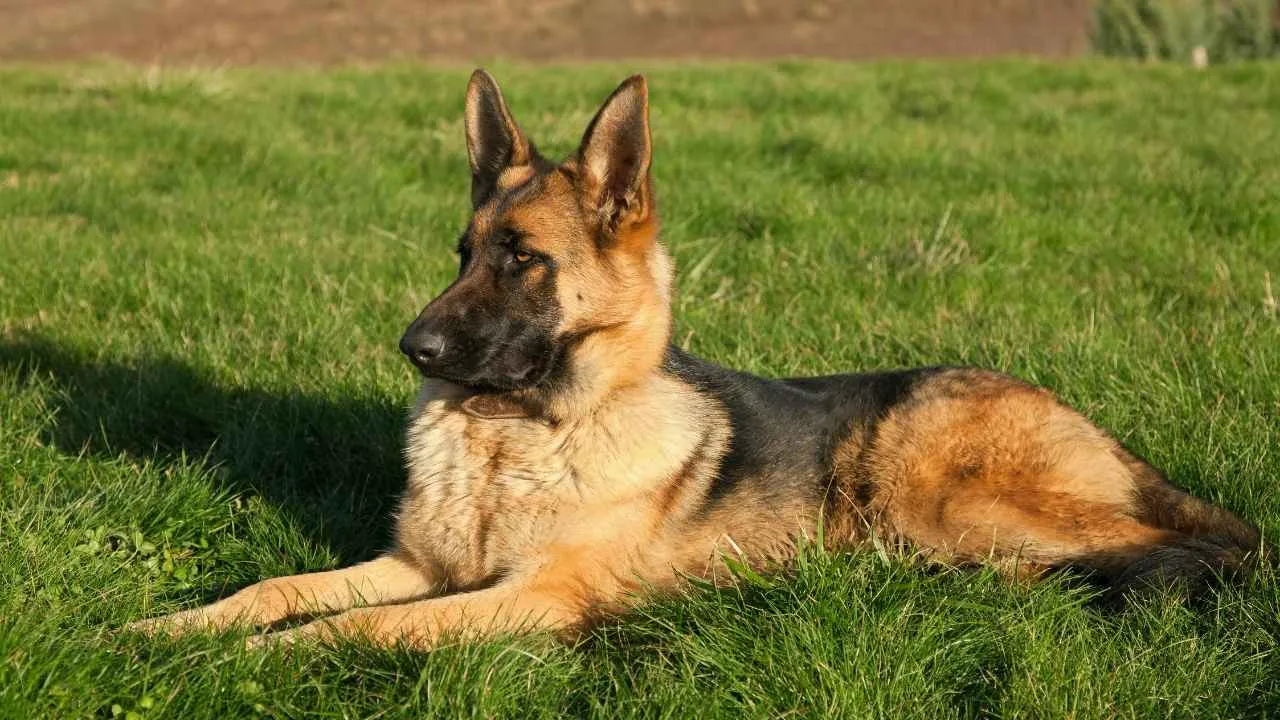
If dogs had résumés, the German Shepherds would be longer than your arm. Police K9 unit? Check. Military service? Check. Search and rescue? Double check. Couch cuddler and snack thief? Oh, absolutely check.
German Shepherds are the Einsteins of the dog world — smart, confident, and so focused that sometimes you wonder if they’re silently judging your life choices. They were originally bred to herd sheep (hence the name), but these days, they’re more likely to herd your kids, your cats, and maybe even your Roomba if it gets out of line.
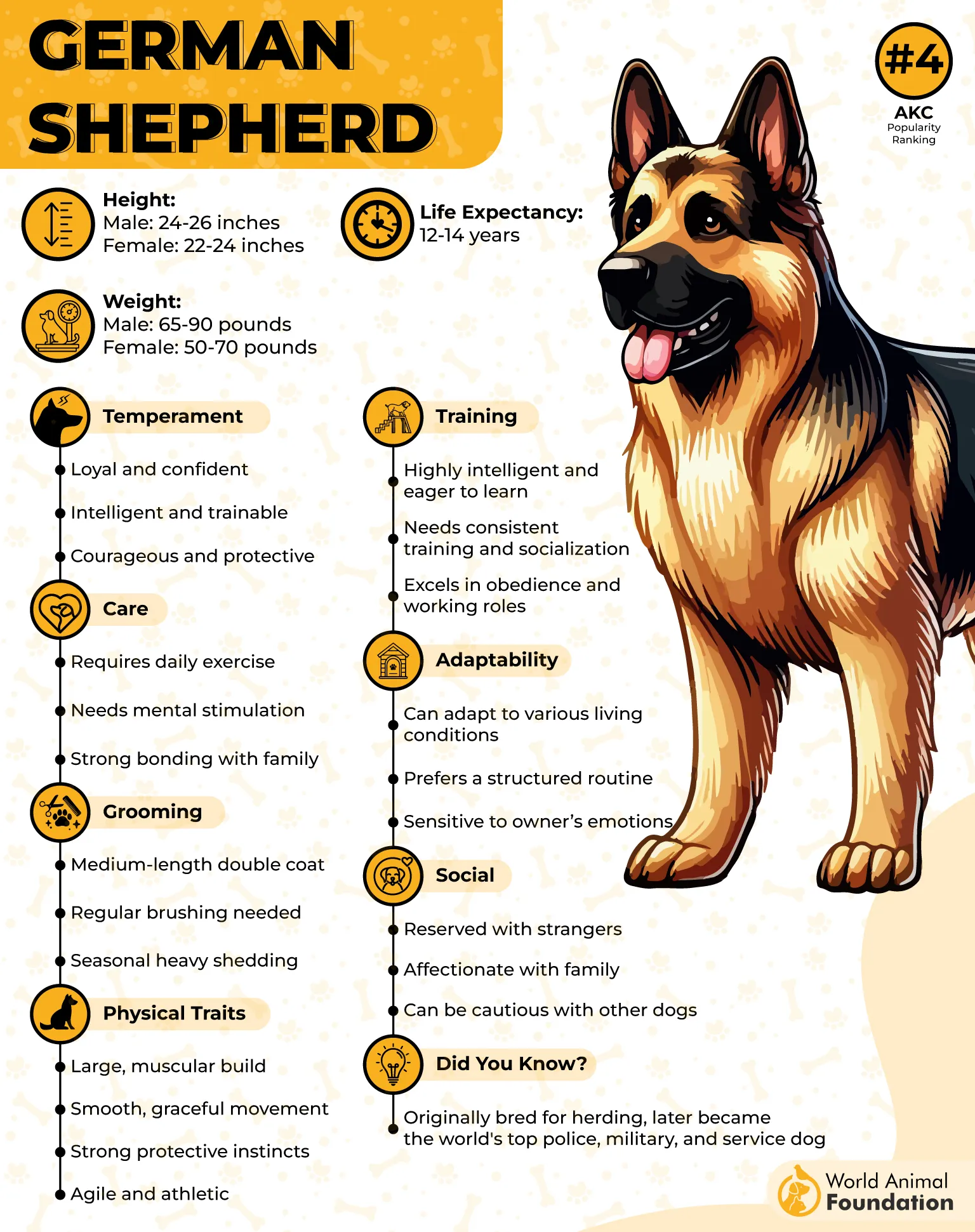
While they have a reputation for being strong and occasionally intense, the truth is, a well-trained German Shepherd is one of the most dependable and loving companions you could ask for.
That said, this breed isn’t for the faint-hearted or the lazy. They’re smart enough to outthink an unprepared owner, and without proper training and socialization, their strong protective instincts can turn into overprotective ones.
So, if you’re going to bring a German Shepherd home, be ready to be the pack leader, not the pushover.
4. Doberman Pinscher
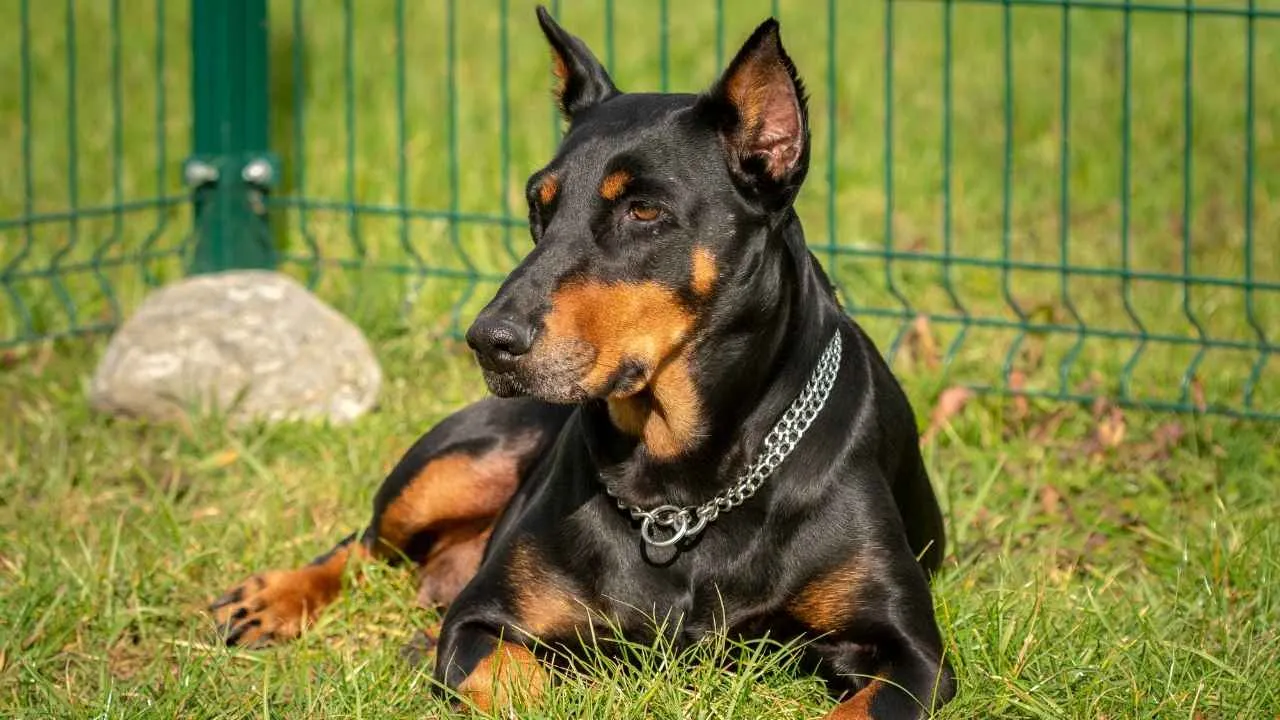
Sleek. Smart. Stylish. If James Bond were a dog, he’d probably be a Doberman Pinscher — sharp suit (well, coat), deadly focus, and just the right amount of charm to get away with anything.
Dobermans have long been the poster dogs for discipline and power. Originally bred in 19th-century Germany by a tax collector (yes, really — talk about needing protection on the job), the Doberman was designed to be the perfect combination of loyalty, intelligence, and muscle.
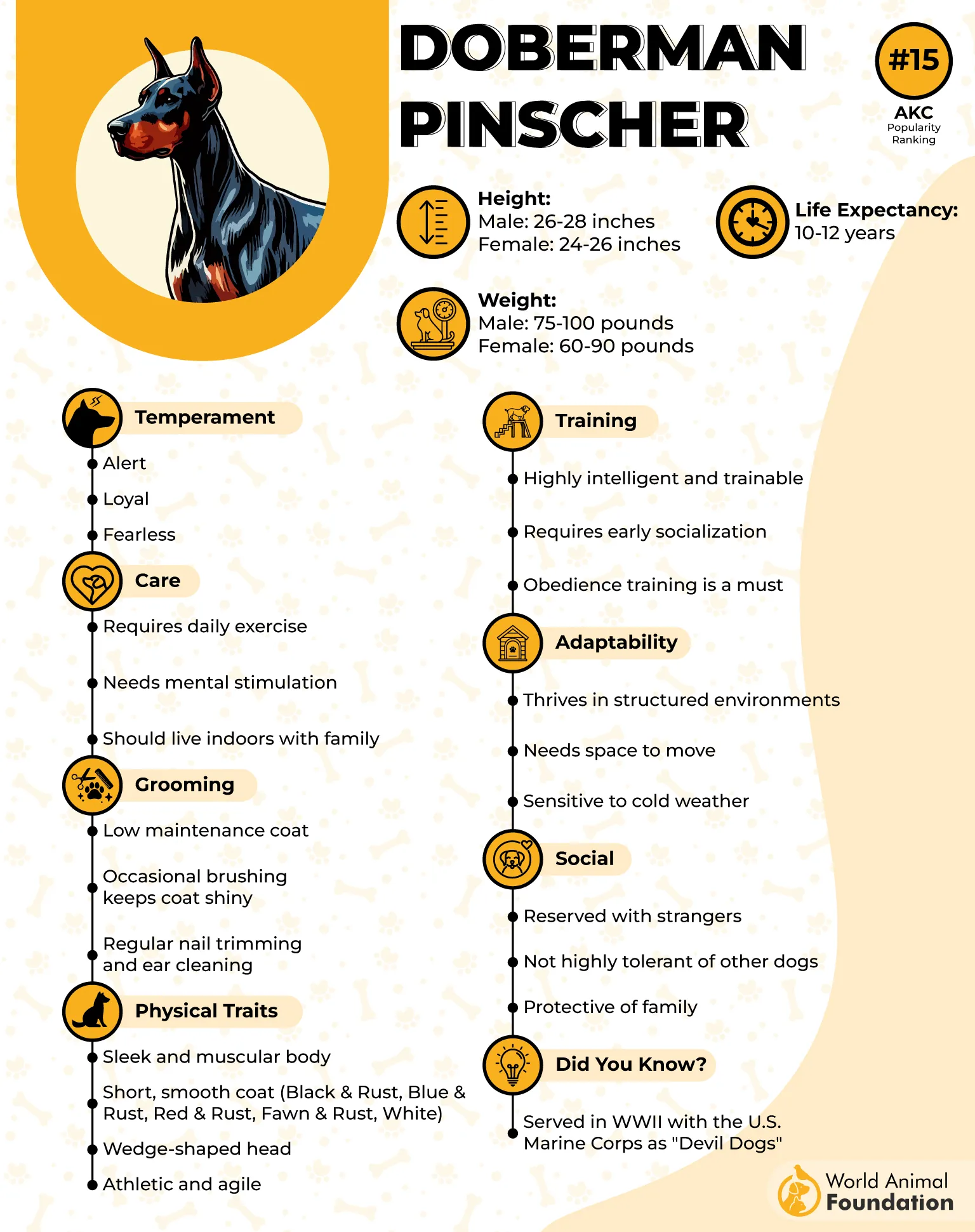
These large dogs are lightning-fast learners — they pick up commands quicker than most of us can remember where we left our phone. Their alertness and instinct to protect make them incredible guard dogs, which is why they’re often seen working in security, police, and military roles.
But underneath all that intensity is a soft side that only their humans get to see — think of them as the “tough on the outside, mushy on the inside” type.
Of course, their natural protectiveness can become a problem if they’re not trained or socialized properly. A Doberman without clear leadership can decide to take charge — and trust me, you don’t want to negotiate house rules with a 90-pound dog who thinks he’s management.
Handled with confidence and care, though, a Doberman is pure gold: loyal, graceful, and brave to the bone. They’re great with active families, love to have a job, and will stick by your side like a shadow with muscles.
5. Bullmastiff
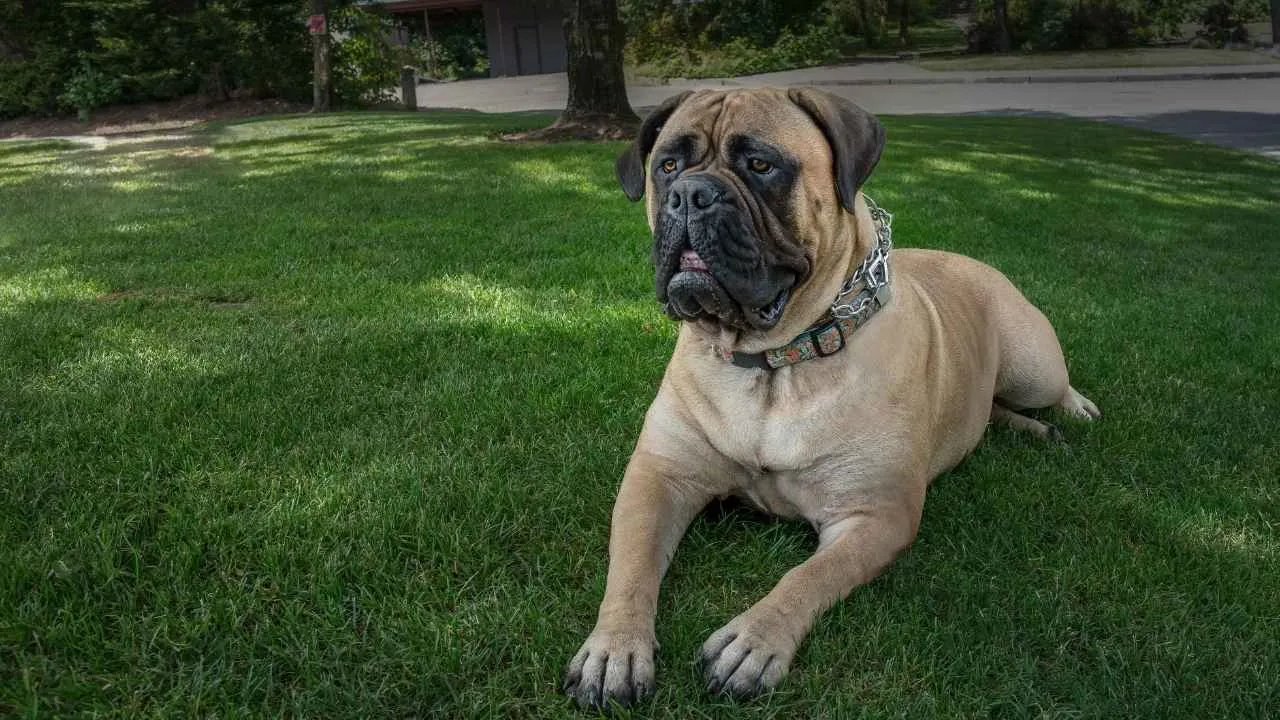
If you ever wished your home security system came with slobber, loyalty, and a tail wag, meet the Bullmastiff — the ultimate “don’t-mess-with-my-family” dog.
Originally bred in England to help gamekeepers stop poachers (basically, the OG night security guards), Bullmastiffs are a blend of strength, smarts, and sweet disposition.
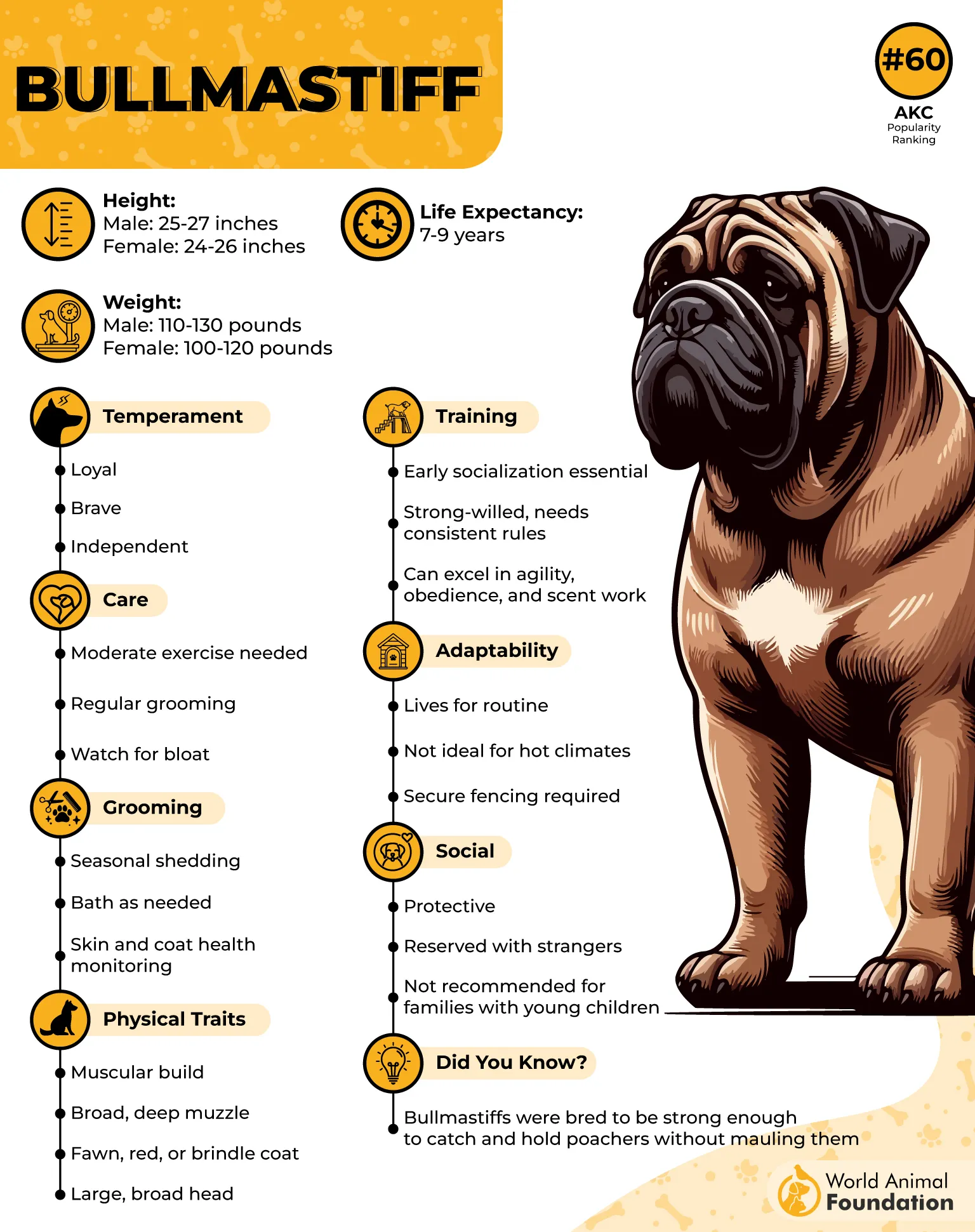
This large breed doesn’t need to bark to scare off intruders — one look at their massive frame, and most people decide they suddenly have somewhere else to be. Despite their tough appearance, Bullmastiffs are actually big softies at heart.
They’re affectionate, calm, and surprisingly gentle with their humans. They adore kids — though, given their size, playtime can occasionally look like a game of “bowling for toddlers.”
These dogs have a high pain tolerance, which sounds cool until you realize it means they might get hurt without showing it. Owners have to be extra observant — think of it like living with a superhero who refuses to admit he stubbed his toe.
Bullmastiffs also appreciate a little space to roam, but a securely fenced yard is a must. It keeps them safe from traffic and helps set clear boundaries so their protective instincts don’t get out of hand.
6. Siberian Husky
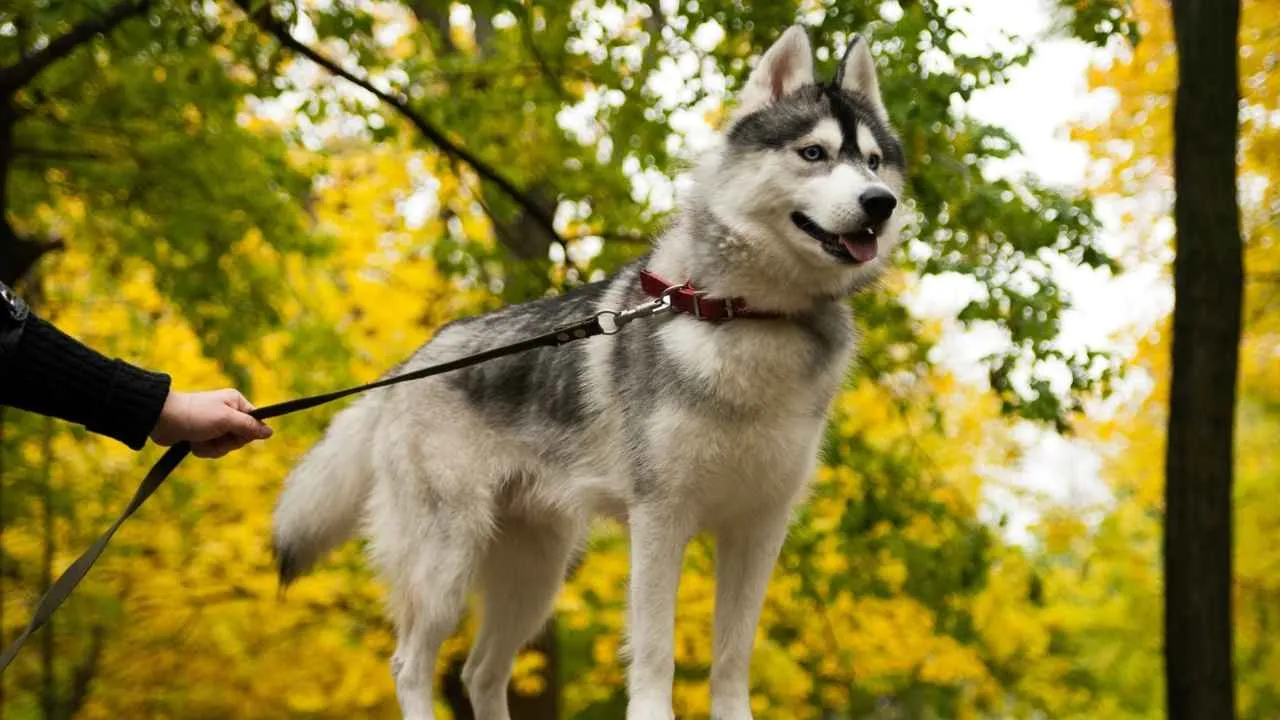
Ah, the Siberian Husky — the dog that looks like a wolf, sings like a rock star, and escapes like a magician. With their icy blue eyes, thick coats, and movie-star looks, Huskies have charmed dog lovers worldwide. But don’t be fooled by that gorgeous face — this breed is as mischievous as they come.
Originally bred by the Chukchi people of Siberia to pull sleds across frozen tundra, Huskies are built for endurance, teamwork, and adventure. Translation: they have way more energy than your average household can handle.
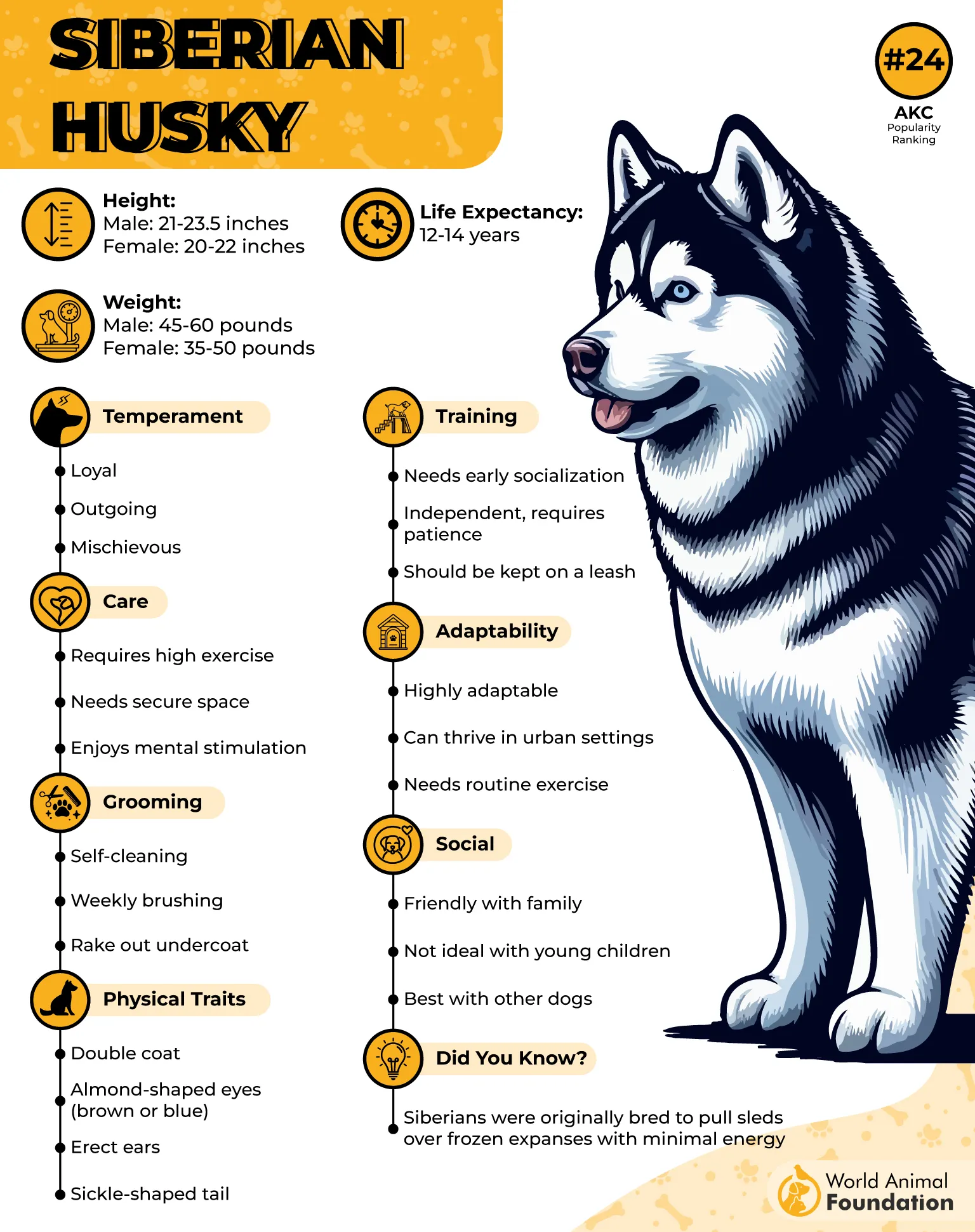
Leave one alone for too long, and they’ll redecorate your home — usually starting with your couch cushions. Huskies aren’t typically aggressive, but their independent, strong-willed nature can make them a challenge for first-time owners.
They have a knack for pushing boundaries, ignoring commands when it suits them, and staging daring backyard escapes. Seriously — a Husky with a fence is just running practice drills.
Their prey drive can also be strong, meaning squirrels, rabbits, and the neighbor’s cat might want to keep their distance. Still, with the right training and lots (and we mean lots) of exercise, Huskies are affectionate, loyal companions who thrive on attention and adventure.
Just make sure you’ve got a strong leash, a tall fence, and a good sense of humor. You’re going to need all three.
7. Chow Chow
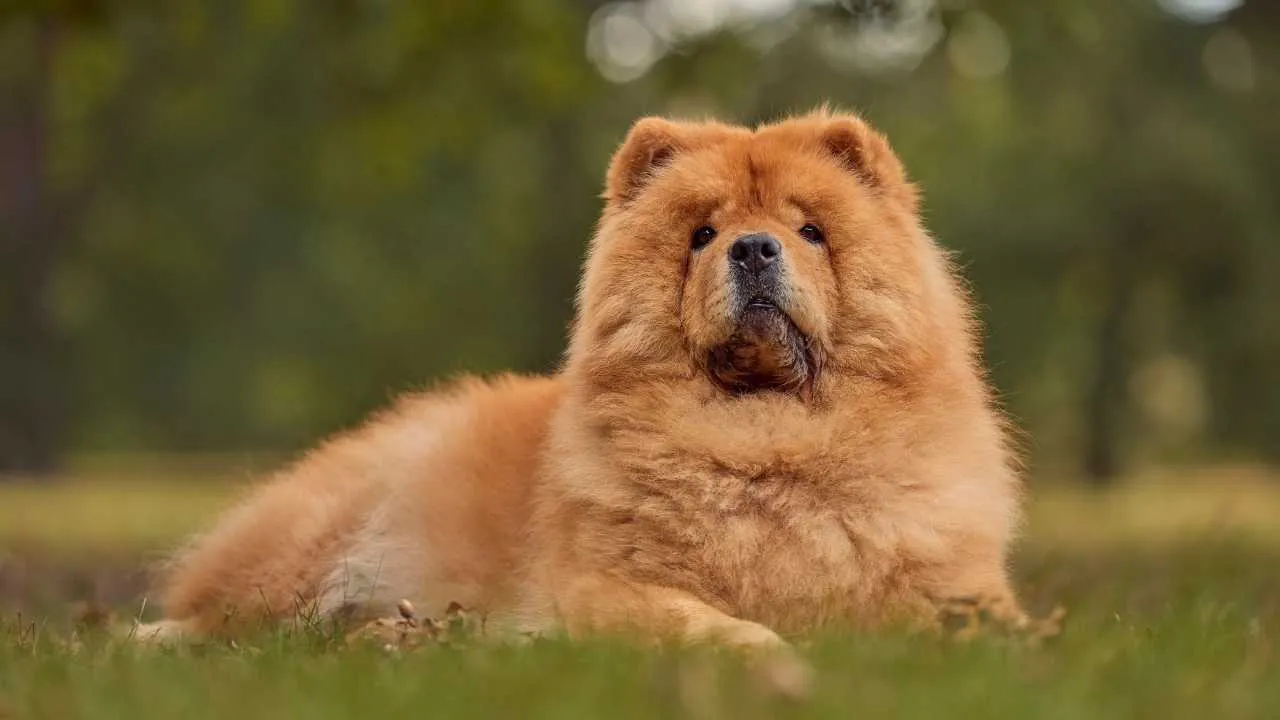
Don’t let that teddy-bear face fool you — the Chow Chow isn’t your average cuddle buddy. Beneath all that glorious fluff lies a proud, independent spirit with the personality of a cat and the body of a lion. If dogs had kingdoms, the Chow Chow would absolutely insist on being king (or queen).
Originally bred in ancient China for guarding temples and hunting, Chow Chows come with centuries of “don’t mess with me” attitude built right in. They’re beautiful, powerful, and dignified — and they definitely know it.
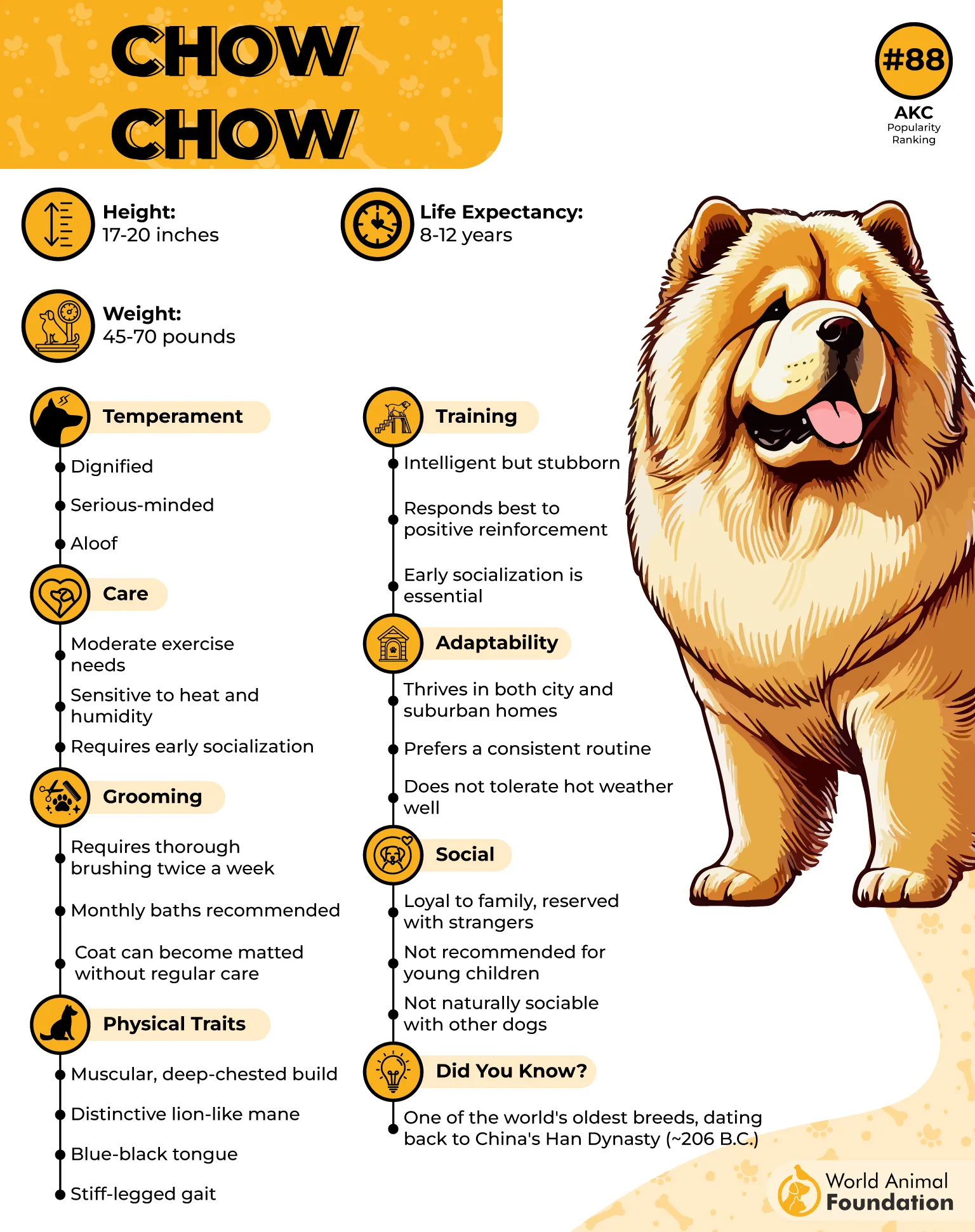
While Chow Chows can form deep, loyal bonds with their families, they tend to be reserved and wary of strangers. Their protective nature means they won’t hesitate to bark, growl, or give someone the death stare if they sense a threat — even if that “threat” is just your friendly delivery guy.
Because of their strong personalities and natural territorial instincts, Chow Chows require firm, consistent training and early socialization. They respect confident owners but will happily ignore timid ones — think of them as the divas of the dog world: gorgeous, stubborn streak, and only affectionate on their terms.
Handled correctly, though, a Chow Chow is a majestic, loyal, and fiercely protective companion. These big dogs might not smother you with kisses like a Labrador, but they’ll guard your home, love their family deeply, and grace your life with that unforgettable lion’s mane.
Just remember: you don’t own a Chow Chow — you co-rule the household.
8. Cane Corso
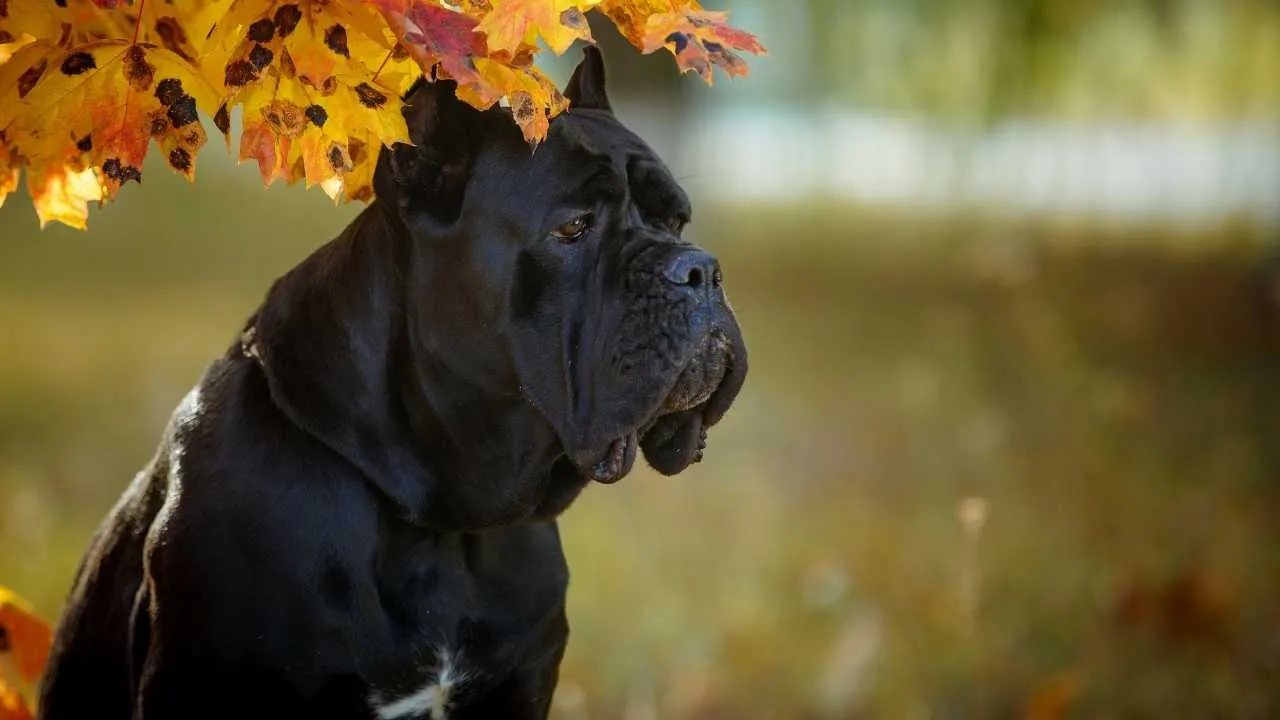
If the Cane Corso had a job title, it would definitely be Head of Security. Hailing from Italy, this majestic powerhouse was bred for guarding homes, protecting livestock, and—once upon a time—hunting big game.
Picture a dog that looks like it could star in an action movie: broad shoulders, sharp instincts, and a gaze that says, “I’ve got this under control.” That’s the Cane Corso in a nutshell. Beneath that intimidating exterior, though, lies a loyal and affectionate soul that absolutely adores its family.
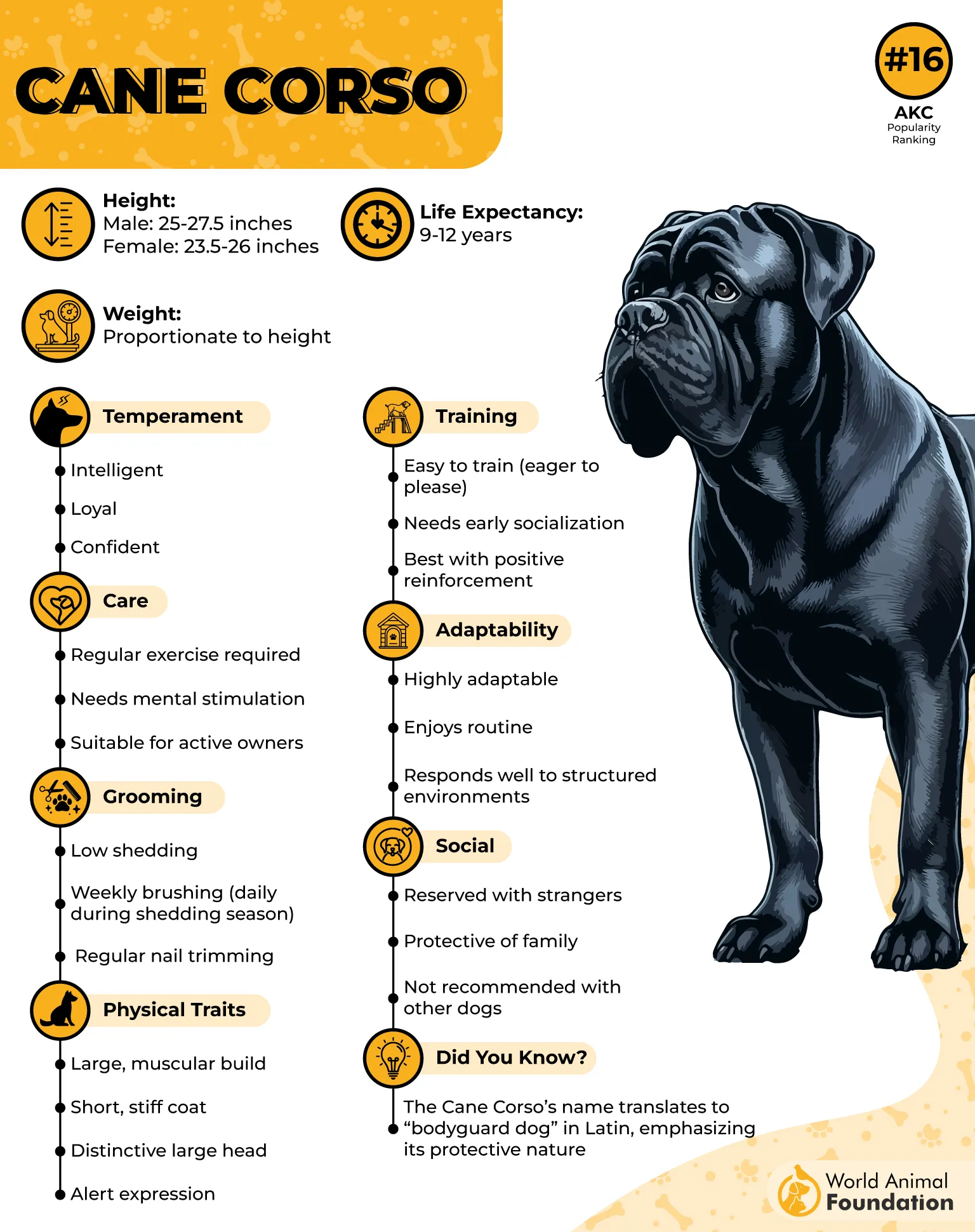
However, that love comes with a side of serious protectiveness. Corsos were bred to guard, and they take that job like it’s a full-time career. Without early training and socialization, they can become territorial or suspicious of strangers — not exactly the life of the dog park party.
According to Britannica, this breed’s temperament reflects its long history as both guardian and warrior. Translation: not the best choice for beginners, timid owners, or anyone who prefers their dogs to act like lap-loving Labradors.
Just remember: when you bring home a Cane Corso, you’re not just getting a dog — you’re hiring your very own Italian security detail.
9. Akita
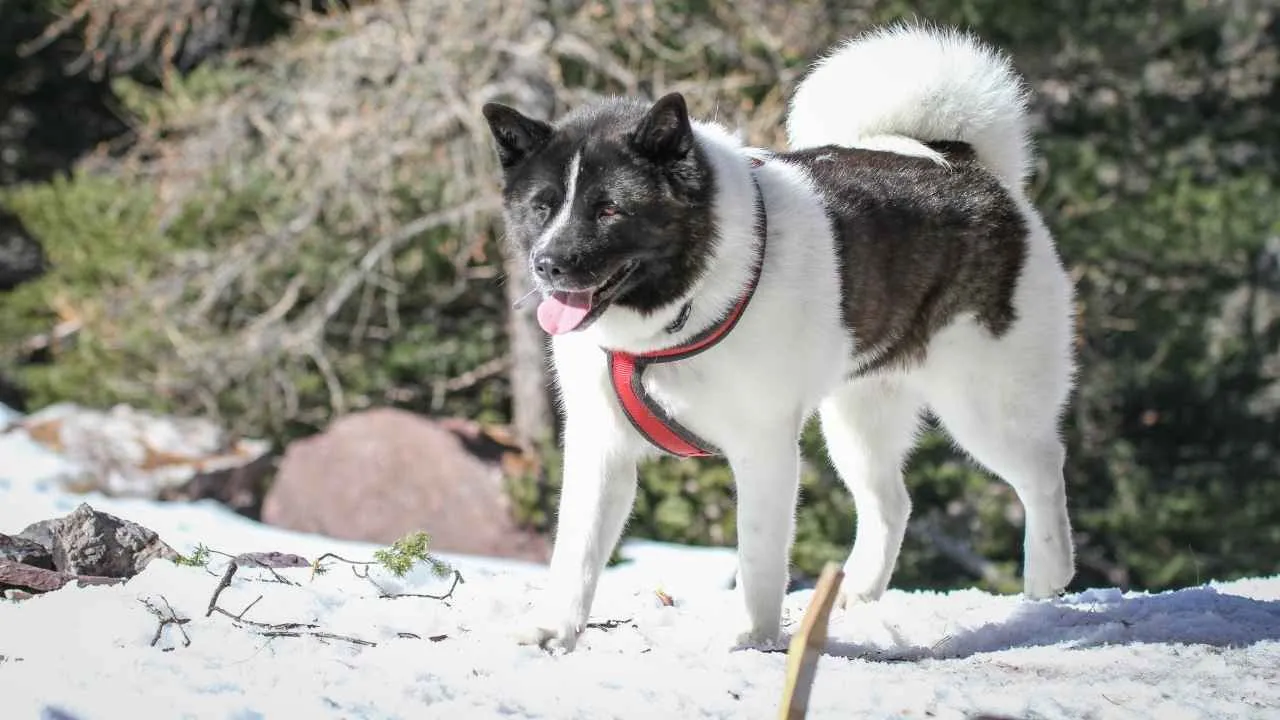
Hailing from the snowy mountains of Japan, this powerful breed was once trusted to guard royalty and nobility and to hunt big game like boar and even bears. In other words, Akitas aren’t here for fetch — they’re here for duty.
The Akita carries itself with quiet confidence. They don’t bark much, but when they do, you’d better listen — they mean business.
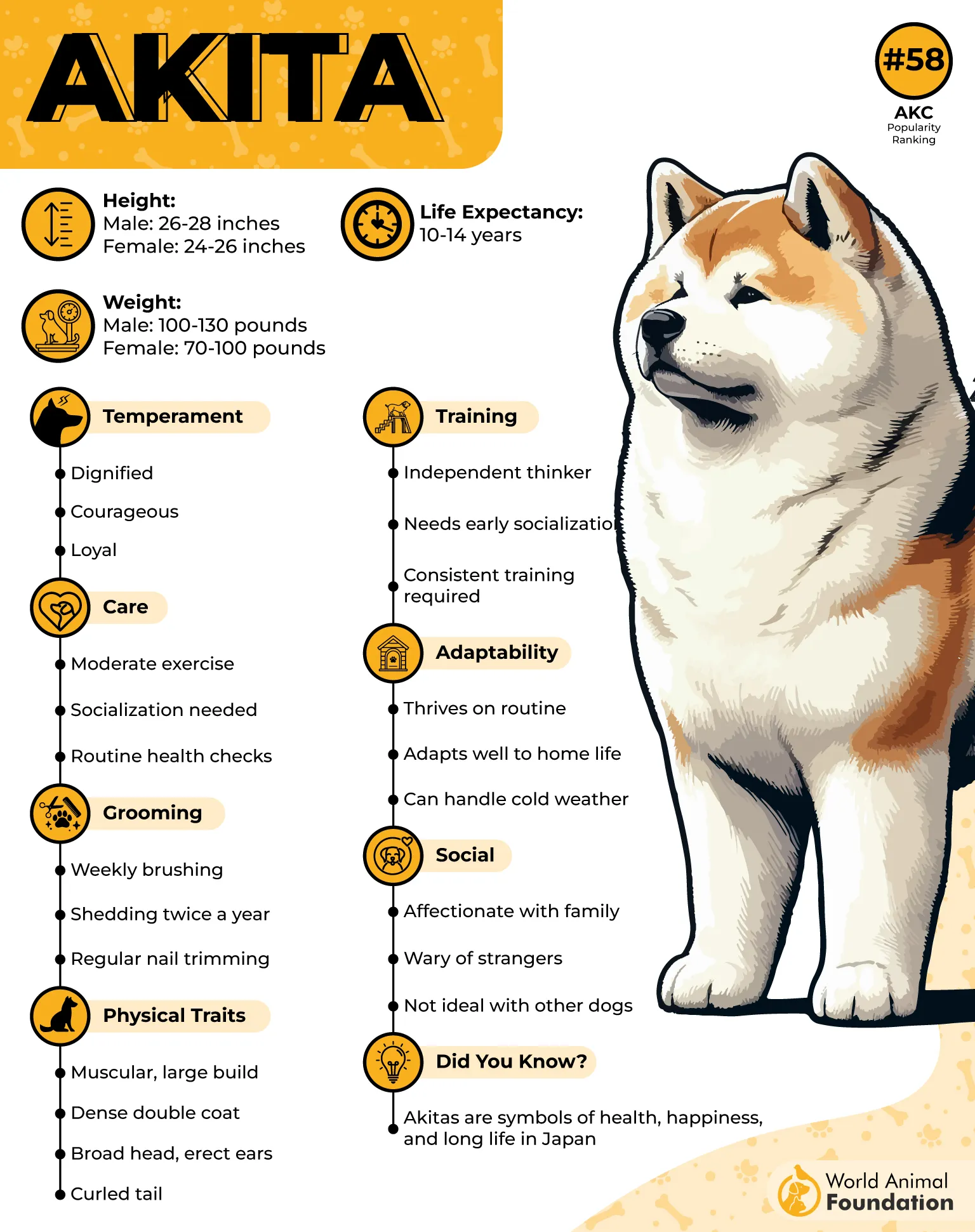
Their natural instinct to protect their family runs deep, and while that makes them amazing watchdogs, it can also make them a bit, well… selective about who they like. Strangers? Suspicious. Other dogs, especially of the same sex? Let’s just say introductions need to be handled carefully.
These dogs are known for their intense loyalty — once an Akita bonds with you, they’re yours for life. The flip side? That devotion can turn into overprotectiveness if they’re not trained and properly socialized early on.
Akitas are also famously independent — they’re not eager-to-please like a Golden Retriever. They prefer to think things through, as if saying, “I’ll do it… but only if it makes sense to me.”
So, while an Akita might not be the life of the dog park, they’re the ultimate guardian and companion — loyal, brave, and steadfast to the end.
10. Dogo Argentino
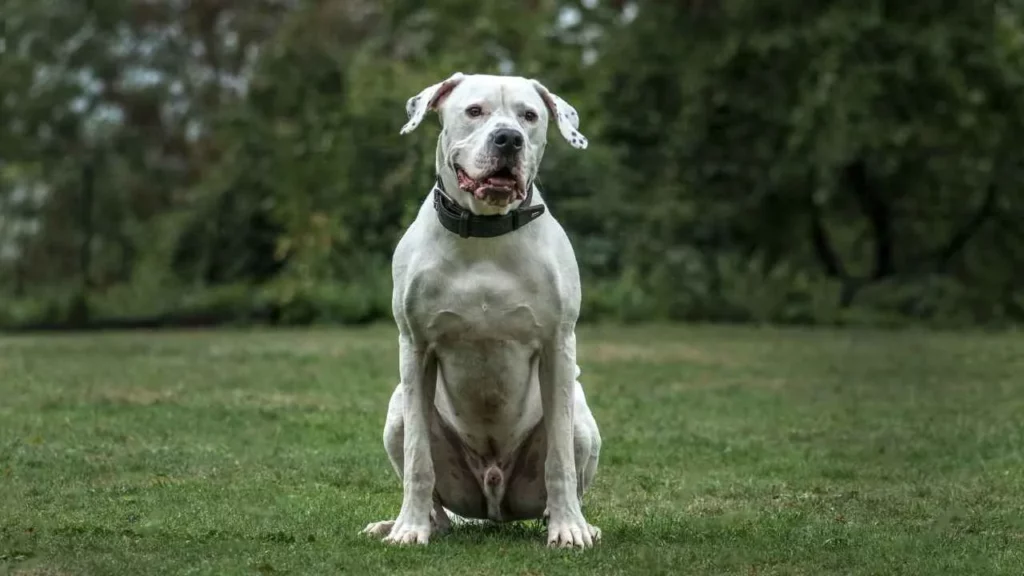
Originally bred in Argentina for big-game hunting, this breed was designed to take on wild boars and pumas. Translation: this isn’t your average backyard fetch buddy.
The Dogo Argentino is a powerful, athletic, and highly driven dog. With their muscular build and striking white coat, they look like they were sculpted by Michelangelo and trained by a Navy SEAL.
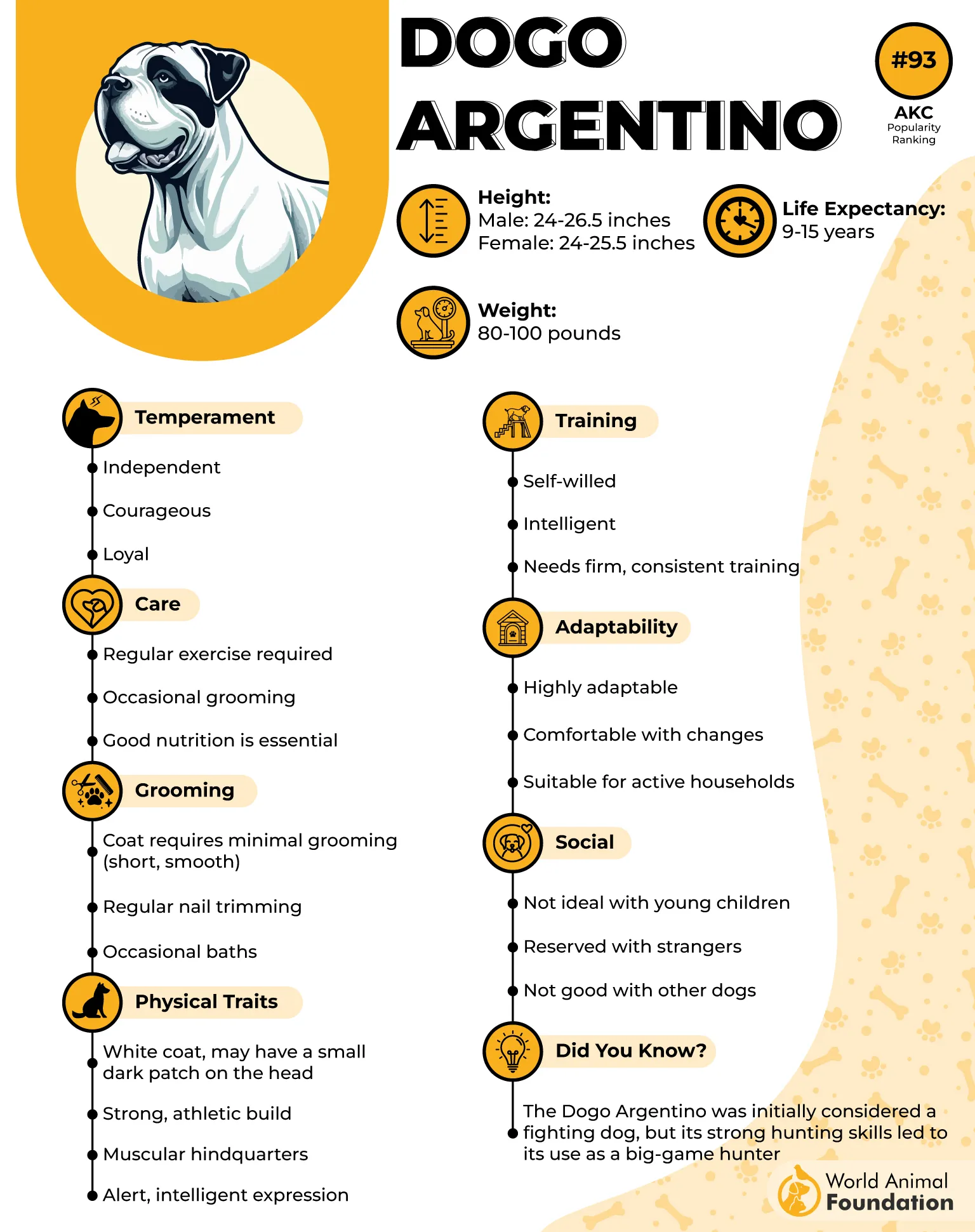
Because they were bred to hunt and guard, Dogo Argentinos come with a very high prey drive and a strong territorial instinct. That means smaller animals (and sometimes even other dogs) might not be safe roommates.
This breed demands experienced, confident handling and consistent, structured training from day one. Without it, their dominant personality can turn into aggression or overprotectiveness.
Even with the best upbringing, certain situations — an unfamiliar person, a threatening noise, or another assertive dog — can spark their defensive instincts. But when trained and socialized properly, the Dogo Argentino can be loyal, affectionate, and even gentle with their humans.
They’re not inherently bad or cruel — they’re just powerful dogs bred for a purpose. In the right hands, that power becomes disciplined strength. In the wrong ones, it can become dangerous.
Conclusion
While many dogs are wonderful companions, some dangerous dog breeds like American Bulldogs, Dogo Argentino, wolf dog hybrids, and other aggressive breeds can pose serious risks and dog bites if poor training or bad owners fail to manage their guarding instincts.
These dangerous breeds are often involved in the most fatal dog attacks, and even popular breeds can attack humans, other pets, or other animals if not properly socialized from an early age. Small dogs and small children aren’t immune either. Understanding these risks helps owners steer clear, ensure safety, and still appreciate the difference between wild instincts and true companionship.


